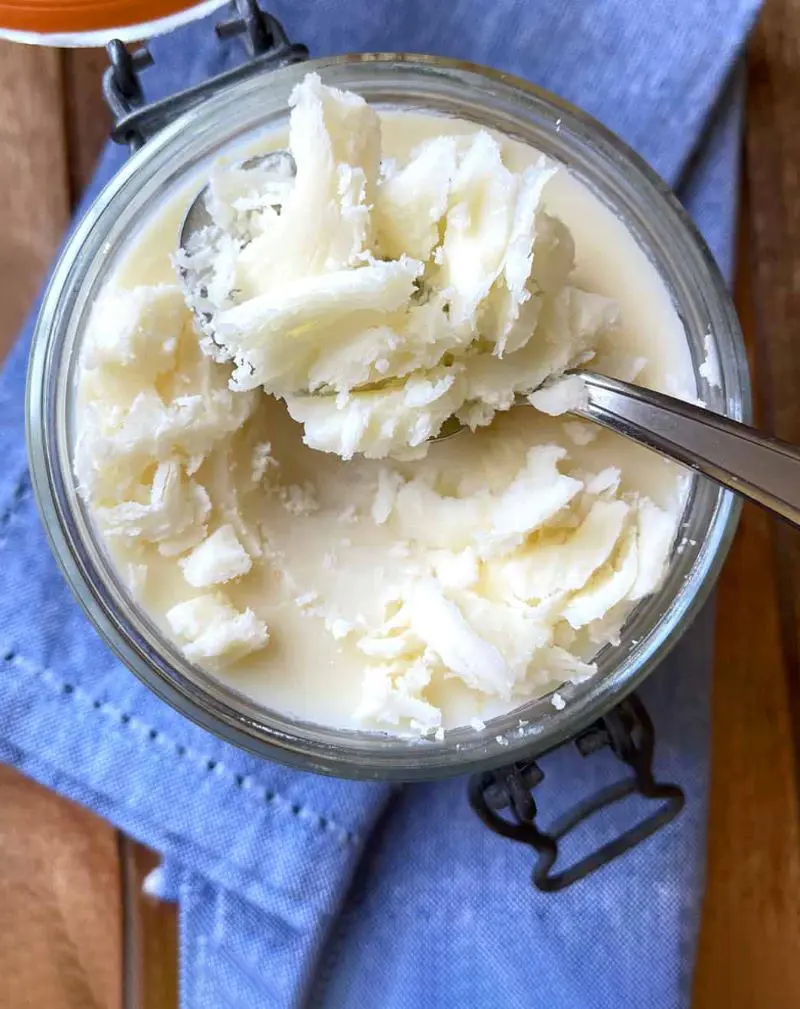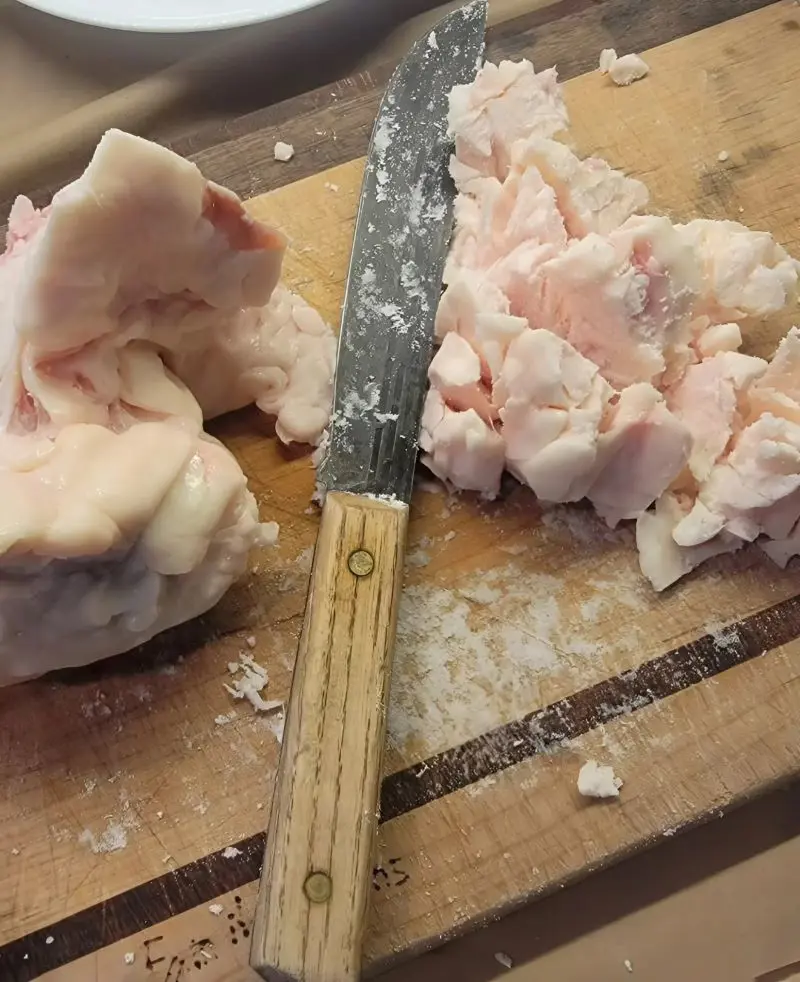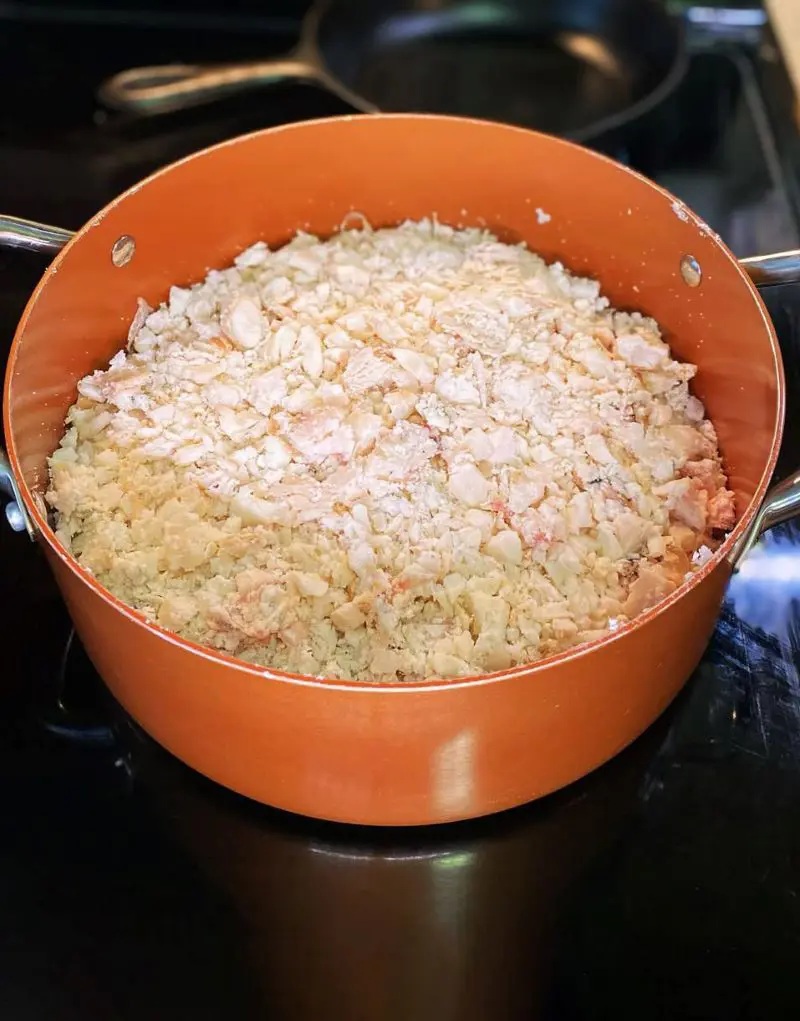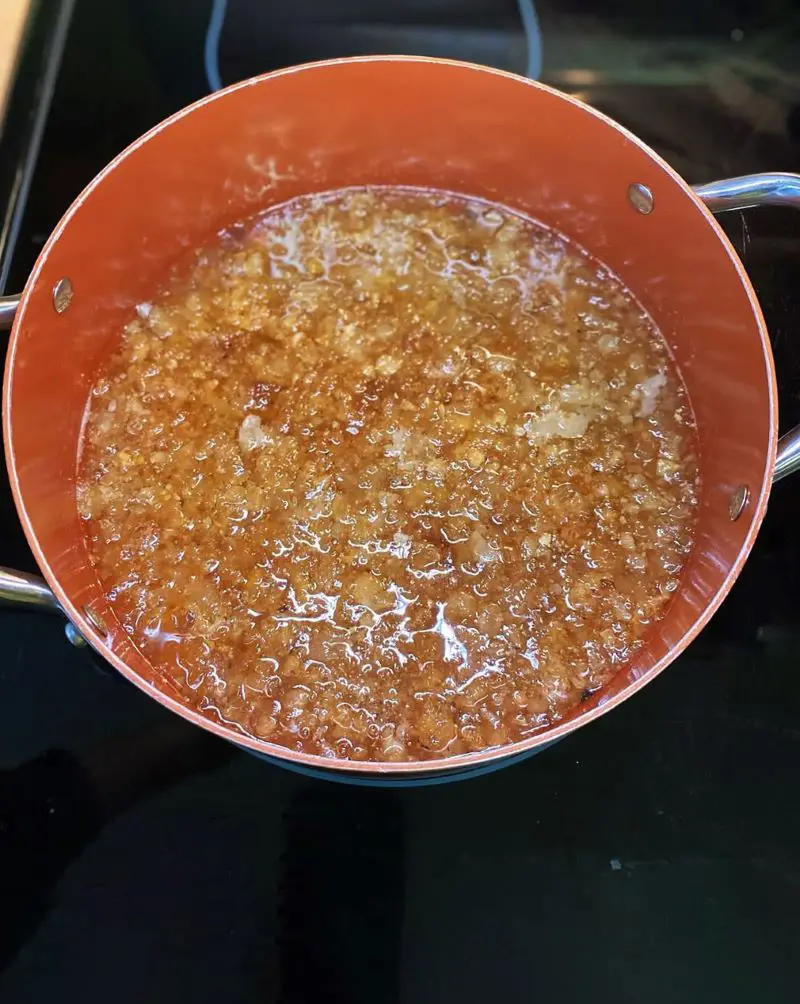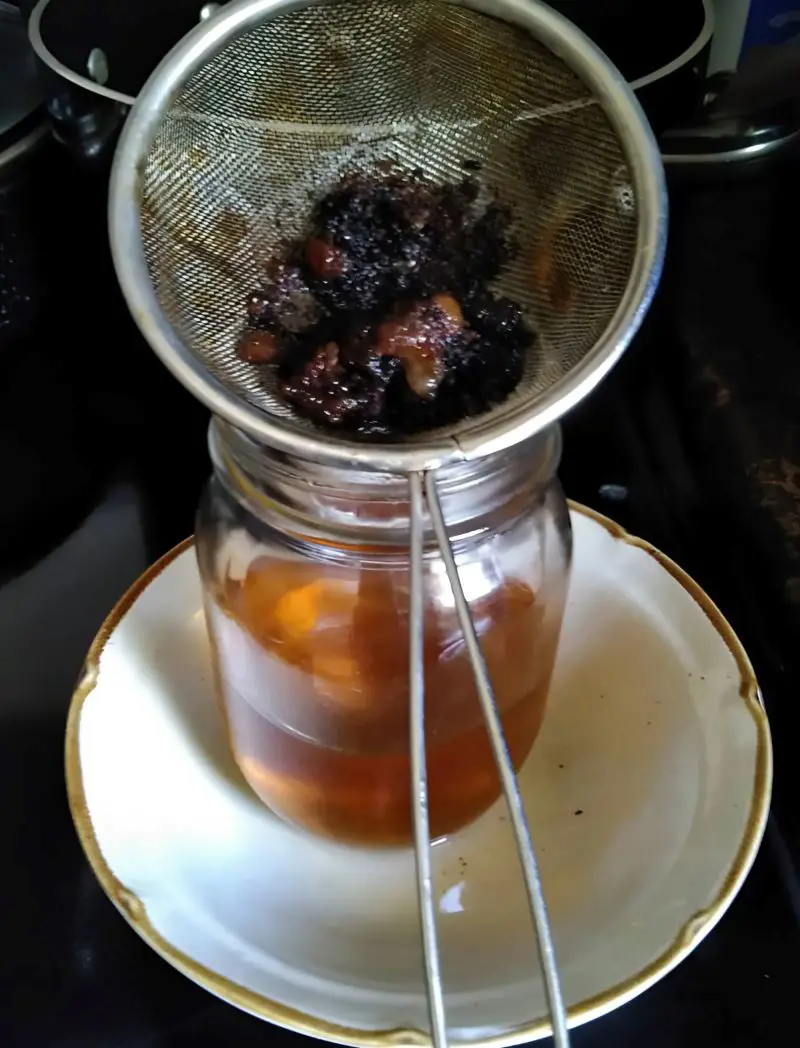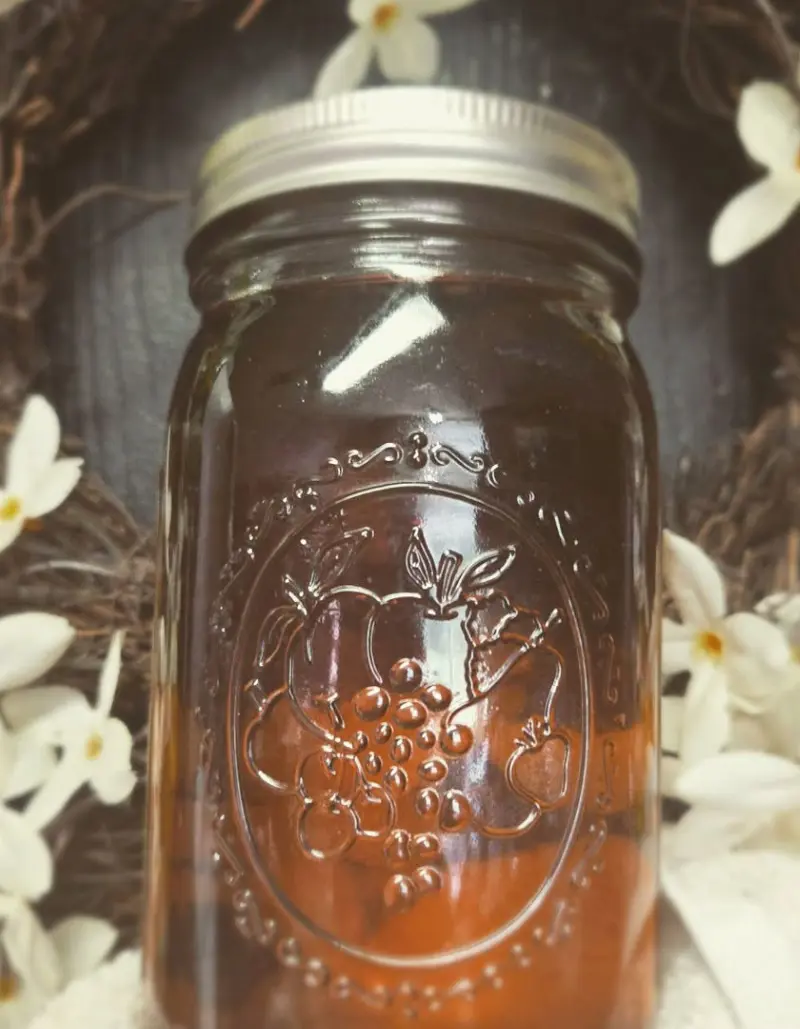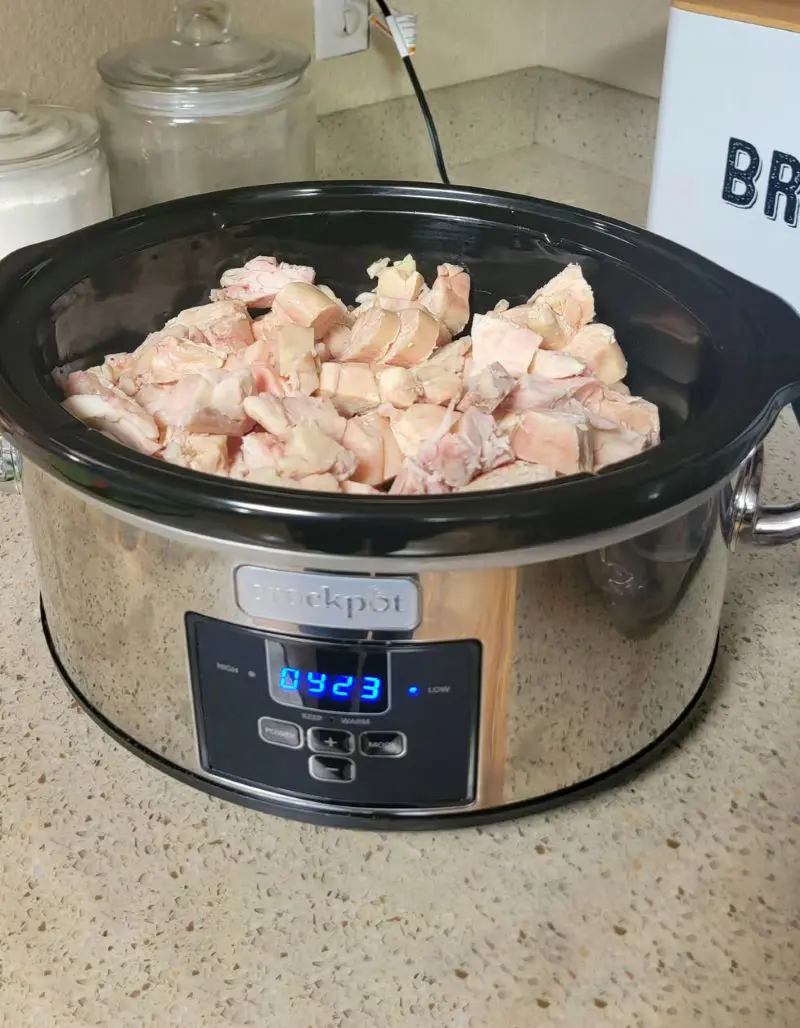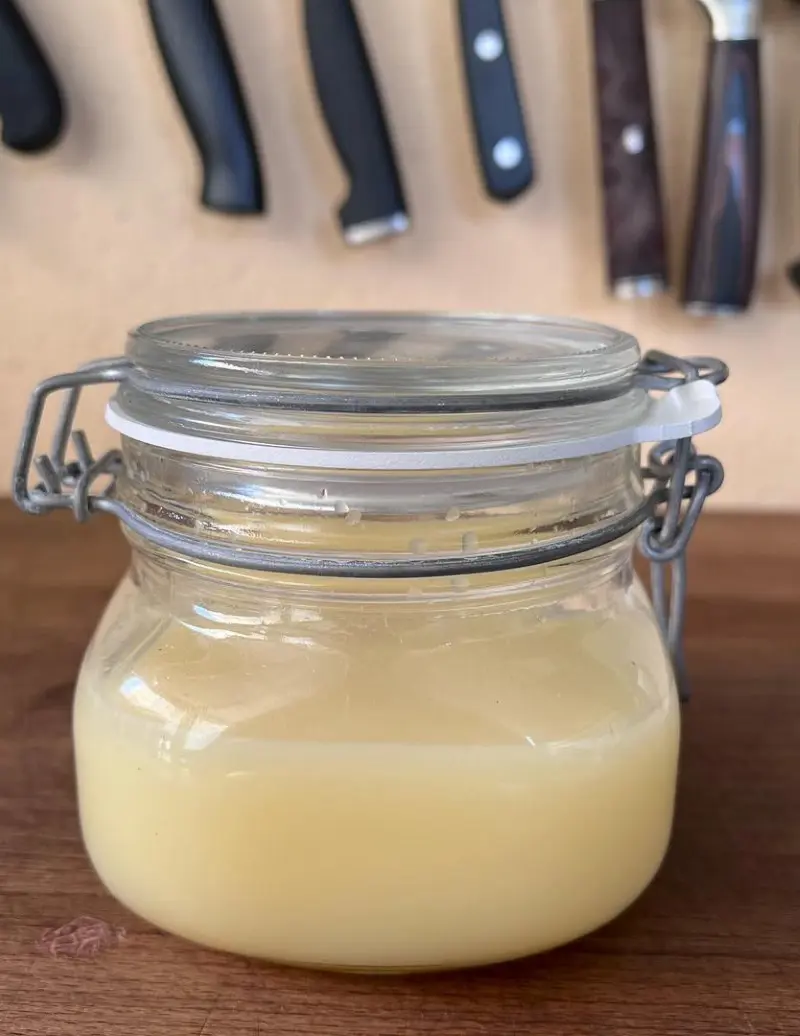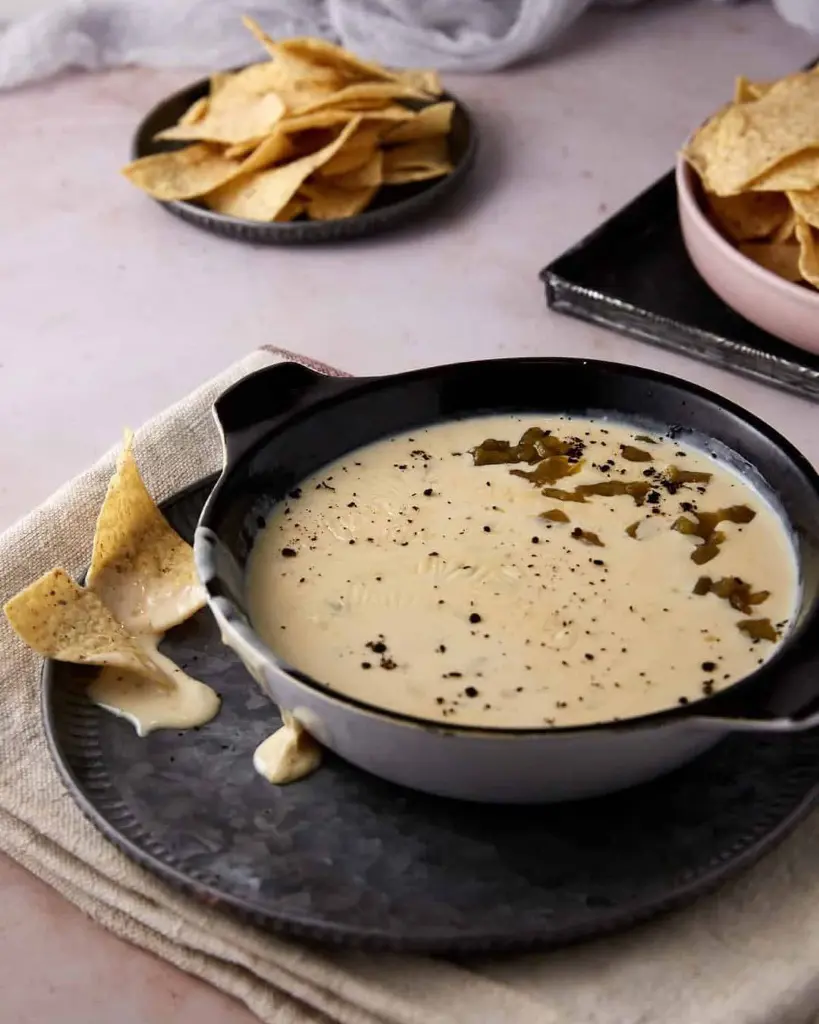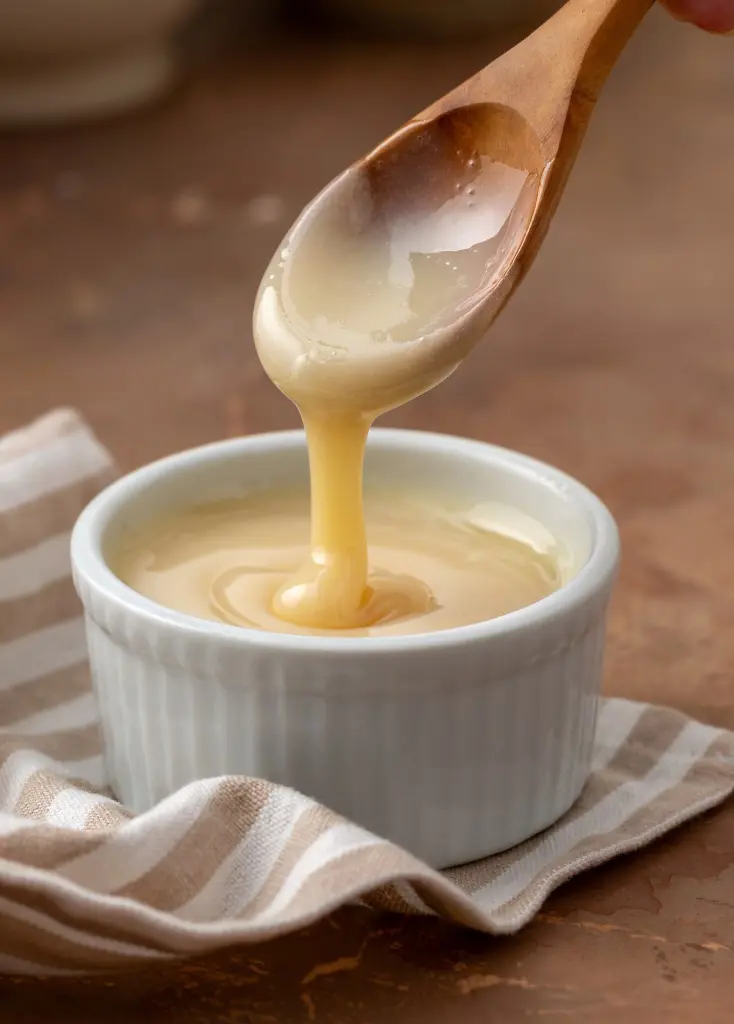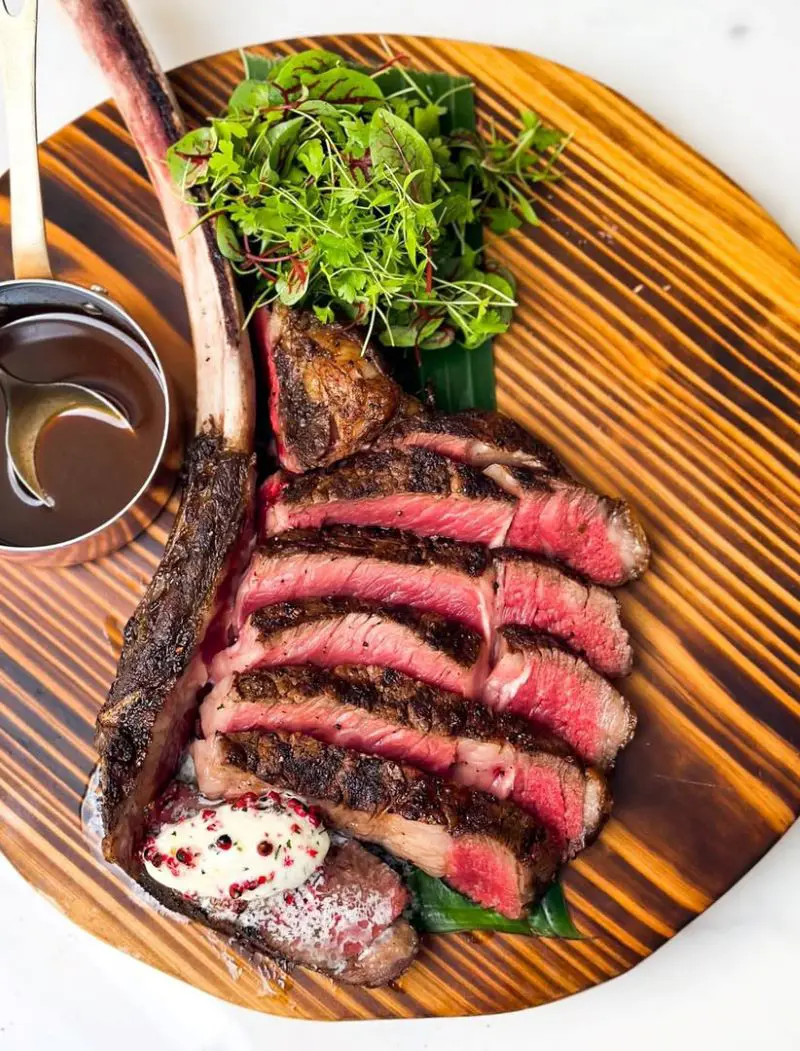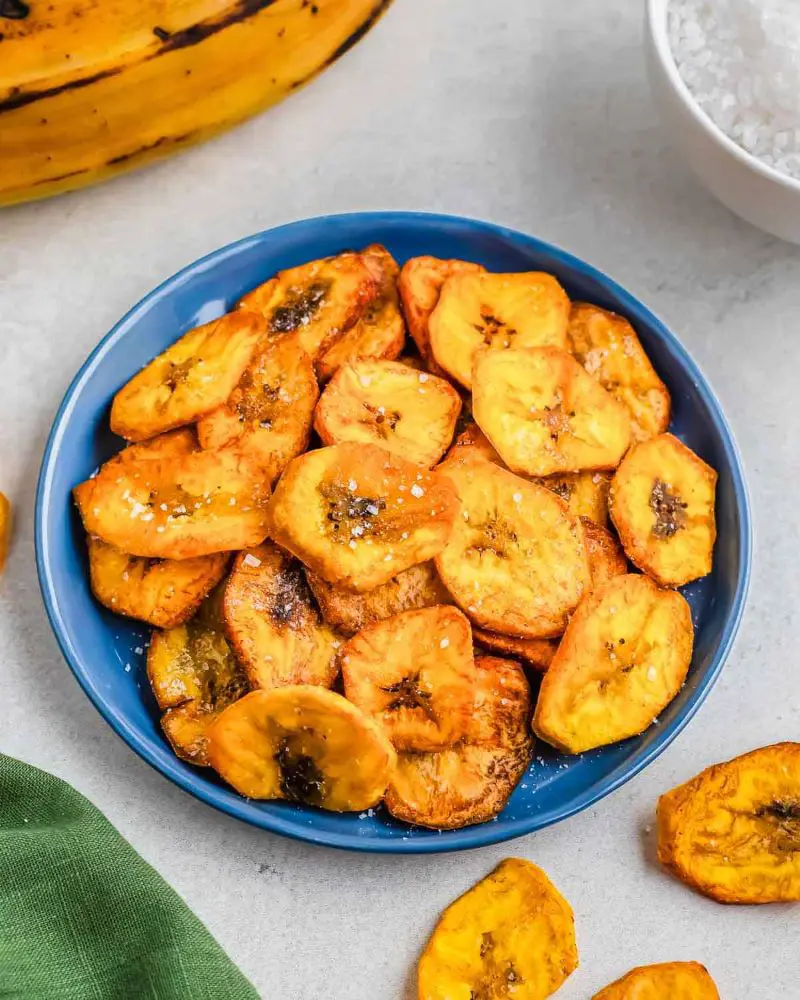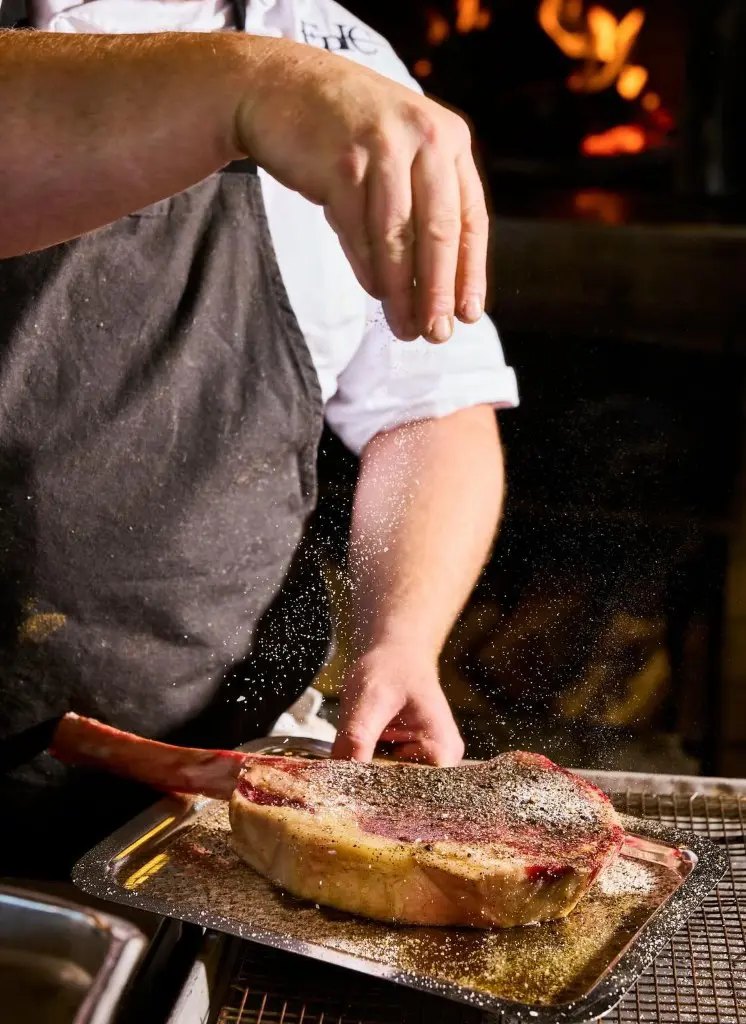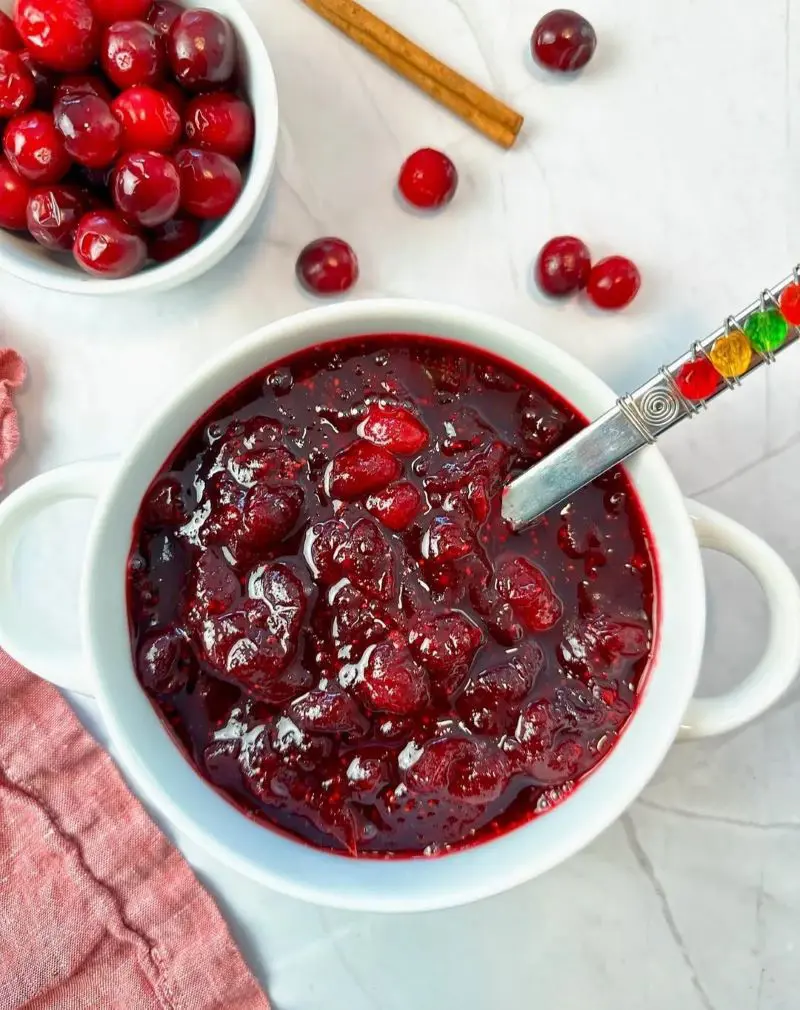What You Need For Making Beef Tallow
Getting ready to make beef tallow is half the battle. Nothing is worse than having to hunt down tools mid-recipe when your hands are covered in beef fat.
Take a few minutes to gather everything needed before starting. This small step makes the whole process run smoothly.
- Beef Fat (Suet): This is the hard fat found around the kidneys and loins. Good suet should look bright white with minimal meat attached. Most butchers offer this at bargain prices since it is generally trimmed away from premium cuts.
- Knife and Cutting Board: You will want a sharp chef's knife that can power through the dense fat without slipping. A sturdy cutting board provides you the stable surface needed to chop securely and efficiently. Skip the small boards here - go for something with plenty of workspace.
- Stock Pot: A heavy-bottomed stock pot provides even heat distribution crucial for proper rendering. Choose one with tall sides to prevent splatter and enough capacity to accommodate the fat as it melts. The pot should be at least twice the volume of your raw ingredients to prevent overflow.
- Fine Mesh Strainer: This tool catches larger impurities during the initial straining phase. Look for a strainer with small holes that can effectively separate the liquid fat from solid pieces. It should be sturdy enough to handle hot liquids without warping.
- Cheesecloth: Final filtration needs grade 50 or 60 cheesecloth. Its tight weave captures tiny particles that slip through the strainer, resulting in crystal-clear tallow. While coffee filters can work in a pinch, cheesecloth allows for faster straining while hot.
- Funnel: Though not mandatory, a heat-resistant funnel significantly reduces mess when transferring hot tallow to storage containers. It prevents spills and makes the straining process more manageable, especially when working with larger quantities.
- Storage Containers: Wide-mouth glass jars are ideal for storing finished tallow. Their heat-resistant nature and airtight seals keep the tallow fresh longer. Choose containers that match your typical usage amount to minimize exposure to air when storing.
